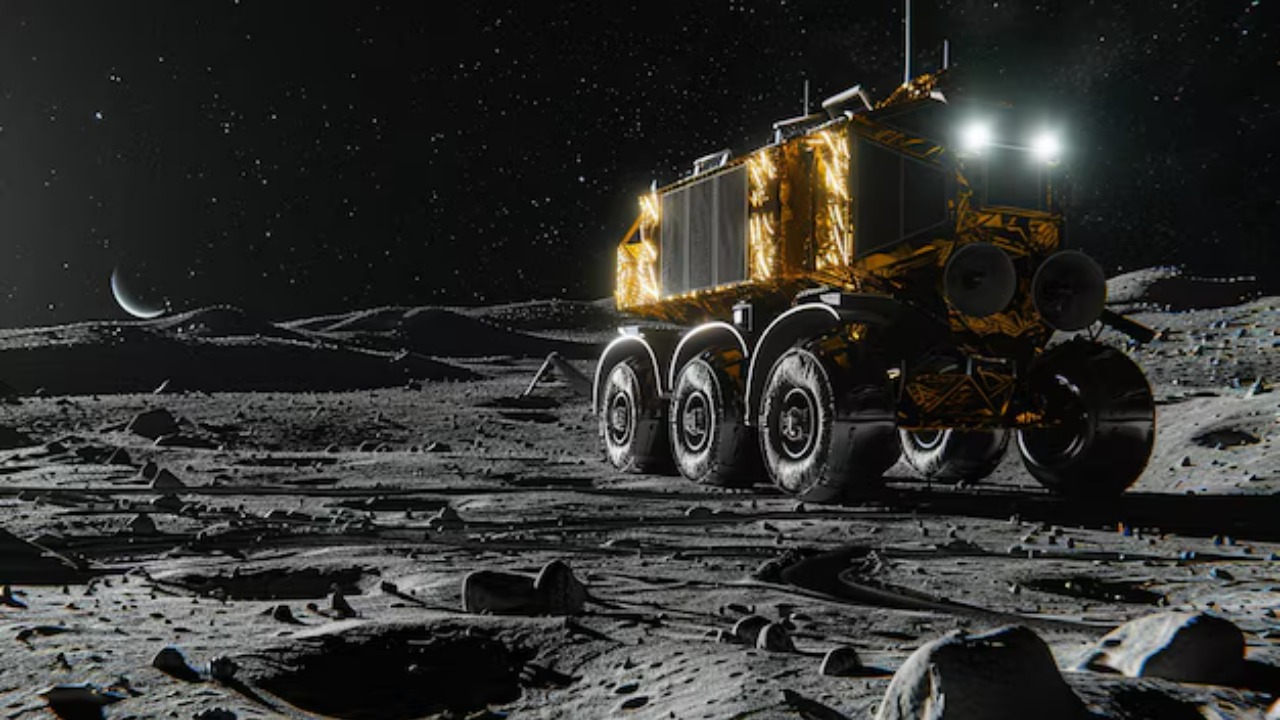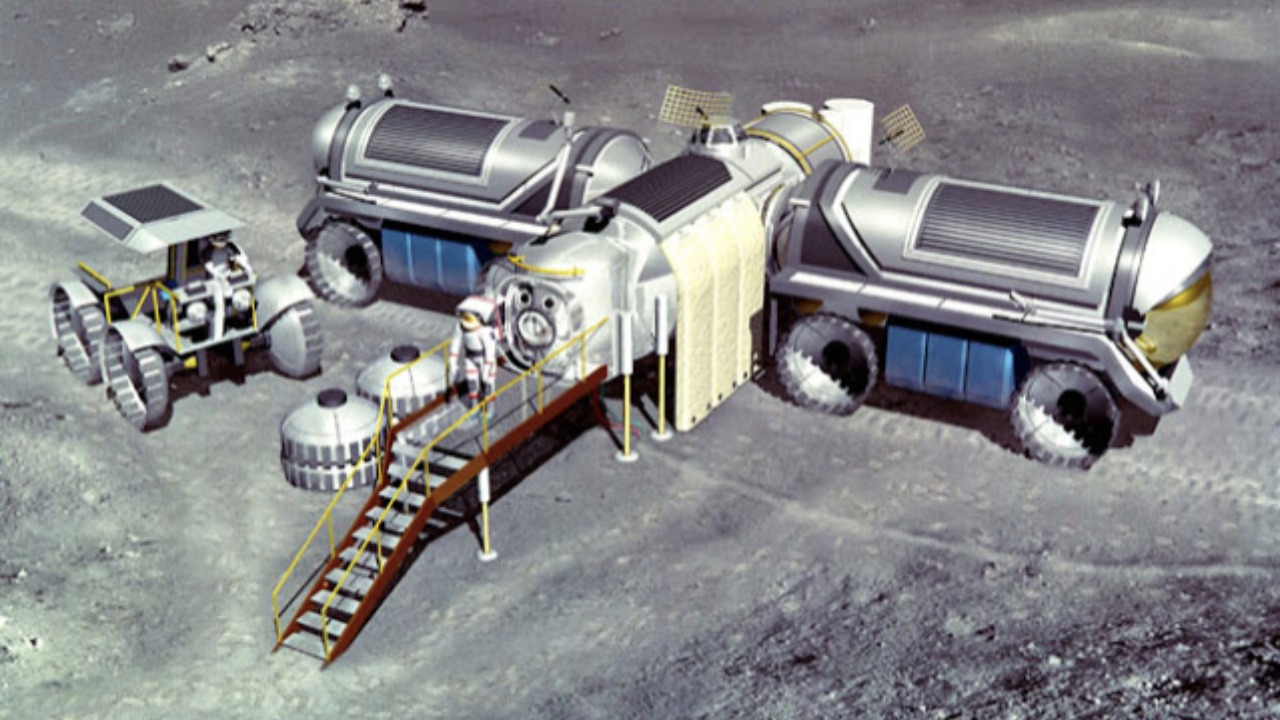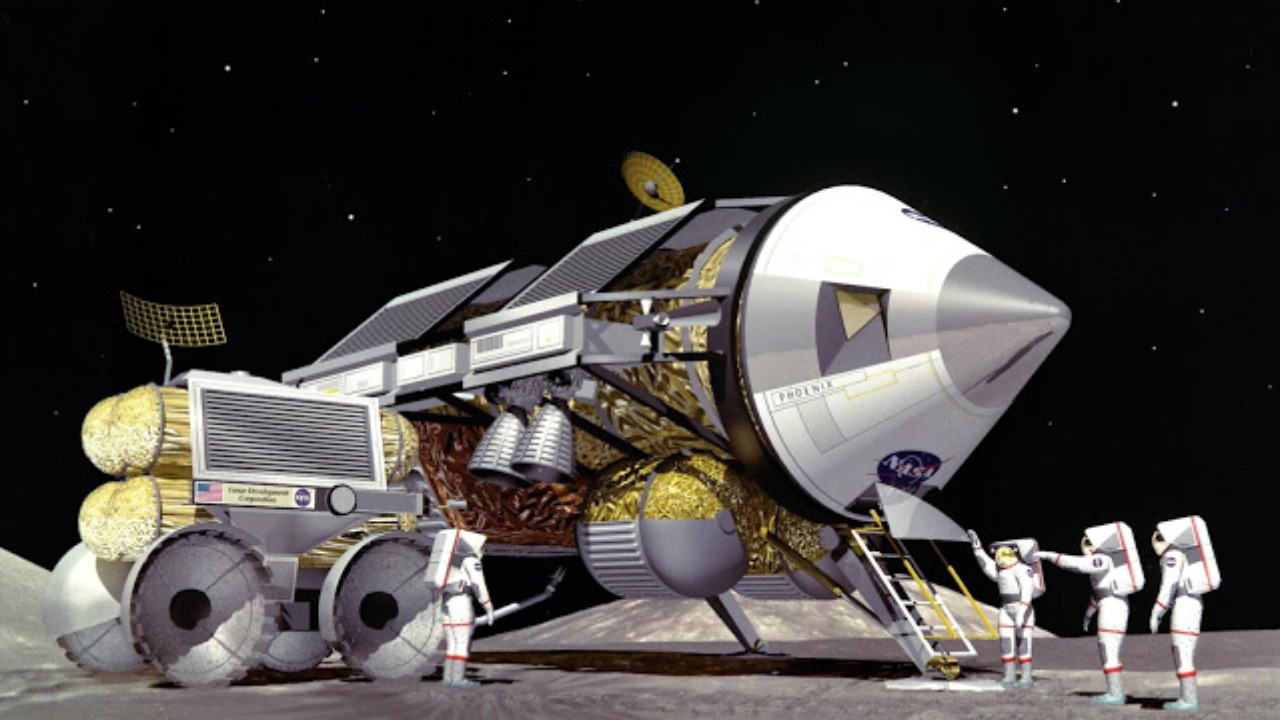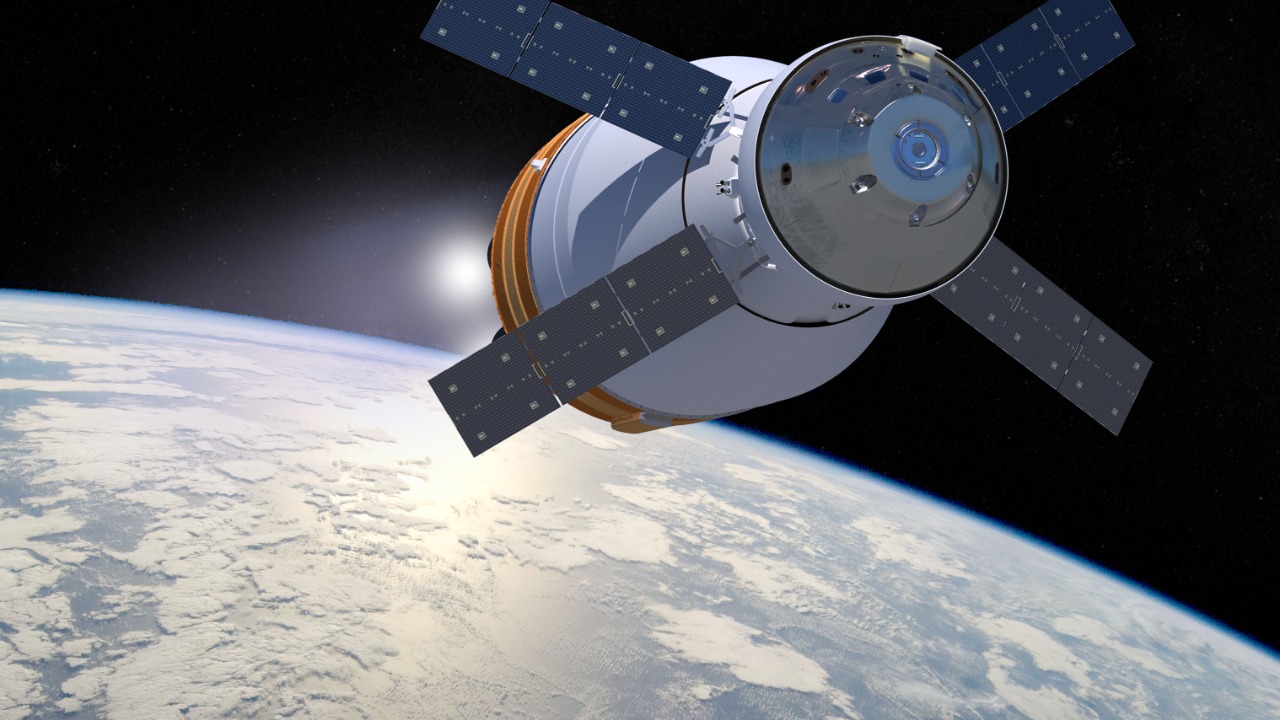
Moon mining, once a concept confined to the realm of science fiction, is rapidly becoming a tangible reality. Recent advancements in technology, coupled with increasing interest from both private companies and governments, suggest that extracting resources from our lunar neighbor is closer than ever before.
The driving forces behind this shift have significant implications for the future of space exploration and resource utilization.
The Technological Advancements Paving the Way

One of the most significant technological advancements enabling moon mining is the development of autonomous robotic technology. These robots are designed to operate in the harsh lunar environment, conducting tasks such as surveying, excavation, and even some aspects of processing with minimal human intervention.
Recent breakthroughs in AI and machine learning have enhanced these robots’ capabilities, making them more efficient and reliable for remote lunar operations.
In addition to robotics, there have been remarkable innovations in spacecraft launch and landing technologies. Modern spacecraft are now designed to make more frequent trips to the moon at a reduced cost, thanks to reusable rocket technology and improved propulsion systems.
These advancements not only cut down expenses but also increase the feasibility of sustained lunar operations. Furthermore, new resource extraction techniques specifically tailored for the moon’s unique environment are being developed. These include innovative mining methods that aim to minimize energy consumption and maximize resource recovery, thereby making lunar mining both feasible and efficient.
The Economic Imperative of Moon Mining

The growing interest in lunar mining is partly driven by the scarcity of certain resources on Earth. As our planet’s reserves of essential materials dwindle, attention is turning to the moon as a potential source of these valuable resources. The moon is believed to contain vast amounts of Helium-3 and rare earth elements, which are critical for advanced technologies and future energy solutions.
In addition to addressing resource scarcity, moon mining holds considerable market potential. Economic forecasts suggest that the value of lunar resources could be immense, with a growing demand for materials that support technological advancements and sustainable energy.
As industries and governments recognize this potential, investment in lunar mining ventures is expected to rise, further driving the development of necessary technologies and infrastructure.
The Role of Private Companies

Private companies are at the forefront of the push towards lunar mining. A prime example is a Seattle-based startup that is pioneering efforts to mine the moon and potentially bring nuclear fusion closer to reality. These companies are adopting unique approaches to tackle the challenges of lunar mining, often leveraging cutting-edge technologies and innovative business models.
The acceleration of lunar mining projects is also due to partnerships and collaborations between private firms and government agencies. These collaborations facilitate knowledge exchange, share risks, and combine resources, thereby expediting the development and deployment of lunar mining technologies.
Moreover, the financial landscape is evolving, with increasing investment interest in lunar ventures. This influx of funding supports research and development, helping to overcome technical and logistical barriers.
Regulatory and Ethical Considerations

As lunar mining becomes more feasible, the regulatory framework governing space resource extraction is being scrutinized. Current international space laws are not fully equipped to address the complexities of moon mining, creating a pressing need for new regulations. These laws must balance the interests of different nations and private entities while ensuring that space remains a shared resource.
Beyond legal considerations, ethical debates about the ownership and exploitation of extraterrestrial resources are gaining attention. Questions about who has the right to extract and profit from these resources need to be addressed to prevent conflicts and ensure equitable access.
Additionally, the potential environmental impacts of lunar mining cannot be overlooked. As we venture into this new frontier, sustainable practices must be prioritized to minimize harm to the lunar environment and preserve its scientific value for future generations.
The Future of Space Exploration and Human Settlement

Moon mining is not only about resource extraction but also holds the promise of being a gateway to deeper space exploration. Successful operations on the moon could pave the way for more ambitious missions, including those to Mars. By establishing a sustainable presence on the moon, we can develop the technologies and infrastructure needed for long-duration space travel.
The potential for permanent human settlements on the moon is another exciting prospect. These settlements would rely on local resources for construction, life support, and energy, making lunar colonies a realistic possibility.
Furthermore, the technological innovations driven by moon mining efforts could lead to significant advancements on Earth. As we push the boundaries of what’s possible in space, we can expect a cascade of innovations that benefit various industries back on our home planet.